In the early 2000s, Amsterdam hit a breaking point. Student housing Shipping container student housingwas in short supply. Rents climbed fast. Waiting lists grew longer by the day. The city needed a solution—and fast.
Tempohousing delivered one.
In 2005, they launched Keetwonen Amsterdam—an ambitious experiment in shipping container student housing. Built from 1,034 repurposed shipping containers, it became one of the largest modular housing projects of its kind in Europe at the time. It was bold, fast, and refreshingly practical.
From Idea to Action
The concept wasn’t new. Shipping container housing had existed before. But no one had used it on this scale—or for students.
Tempohousing moved quickly. Backed by the city, they set up a dedicated production line in China. Each week, up to 40 finished units were shipped to Amsterdam. These weren’t basic metal boxes. They were livable, insulated homes built to meet strict European building codes.
Each unit offered 28 square meters of personal space. It included a private bathroom, compact kitchen, and large window for natural light. Outside, the containers were arranged around shared courtyards, creating a walkable, social campus.
Fast, Modular, Efficient
Construction started in late 2005. Just months later, the first students moved in. By May 2006, the entire project was complete.
Keetwonen covered over 31,000 square meters. It included not just student rooms, but also communal lounges, a laundry, bike storage, and even a café. The speed and efficiency were unmatched. At the time, nothing like it had been built in Amsterdam.
Although the city approved it as a temporary project, it quickly became popular. Originally set to relocate after five years, Keetwonen remained in place far longer—well beyond 2018.
Designed for Urban Living
Keetwonen wasn’t just fast. It was smart. The shipping containers stacked neatly, saving space. They could be craned into position with minimal disruption. In a city as dense as Amsterdam, that mattered.
The modular system also made it easy to move. This flexibility helped Keetwonen clear zoning and council hurdles that would have delayed a traditional build. While designed to be temporary, the project blended so well with its surroundings that many forgot it wasn’t permanent.
Sustainability at Its Core
From the start, Keetwonen focused on sustainability. It gave used shipping containers a second life. That alone reduced construction waste and embodied carbon.
But the design went further. The units featured high-performance insulation, double-glazed windows, and efficient heating systems. These details kept energy costs low and comfort levels high.
Affordability followed. In 2015, students paid around €400 per month. That included internet, heating, and even furniture. For Amsterdam, it was a game-changer.
A Blueprint for the Future
Keetwonen proved what many doubted: that shipping container student housing could work—and work well.
Its success sparked new projects across Europe. In the UK, Germany, and beyond, cities turned to modular student housing to solve similar problems. Many used Keetwonen as a blueprint.
Today, it still stands as a powerful example of what’s possible when cities think differently—when they act fast, build smart, and put people first.
Keetwonen wasn’t just large for its time and place. It was ahead of it.
Courtesy Of: TempoHousing
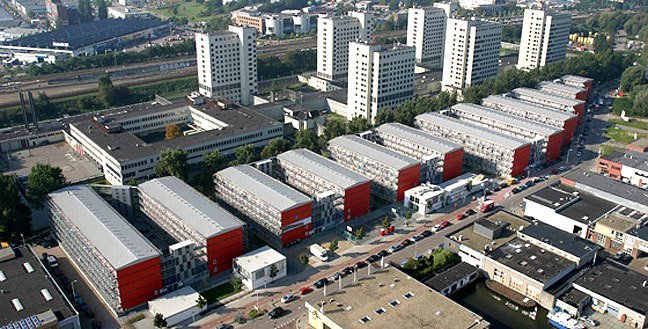
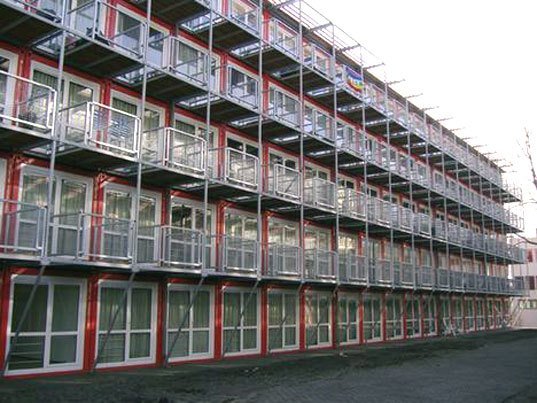
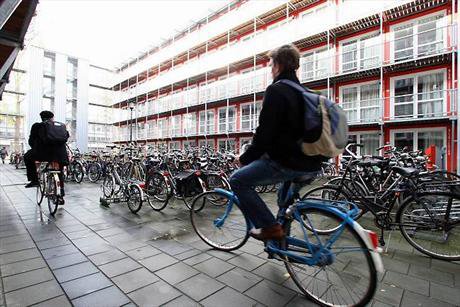
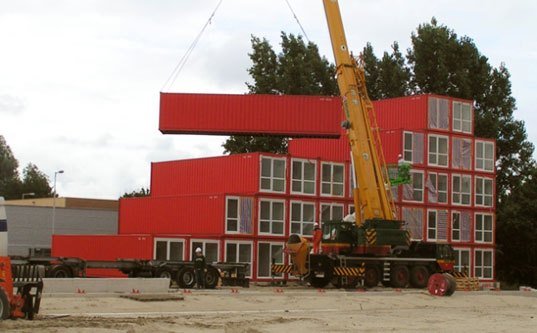
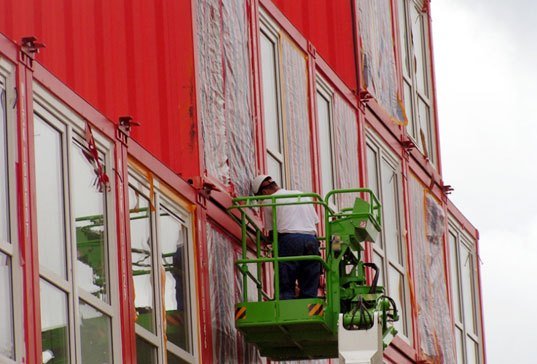
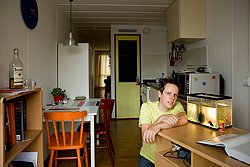
Join the conversation on sustainable living — comment by